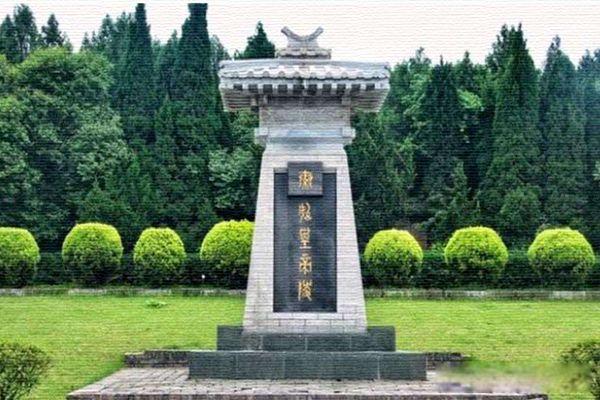
Where Is Qinshihuang Buried?
Located at the northern foot of Lishan Mountain, 35 kilometers northeast of Xi'an, Shaanxi Province, Qinshihuang Mausoleum is the tomb of Emperor Qinshihuang, founder of the first unified empire in Chinese history during the 3rd century BCE.
A Colossus Under Earth
The Qinshihuang Mausoleum is the largest, most complex, and richest imperial tomb discovered in China, embodying the supreme power and authority of the emperor who unified China. Covering a vast area of 56.25 square kilometers, it took over 700,000 laborers and 38 years to complete.
A City of Wonders Yet to Be Fully Unearthed
While the Terracotta Army, a vast collection of life-sized terracotta sculptures depicting Qinshihuang's army, is a world-renowned spectacle, it represents just a small part of the larger mausoleum complex. The entire structure consists of inner and outer walls, with the tomb mound at its heart. Within this vast necropolis lies a treasure trove of historical and cultural relics:
- The Terracotta Army: Discovered in 1974, these life-sized warriors, chariots, and horses showcase the military might of the Qin Dynasty. Each figure is meticulously crafted with unique features, reflecting the high level of artistry of the time.
- The Tomb Mound: This massive, pyramid-shaped earthen mound remains largely unexcavated, shrouding the emperor's burial chamber in mystery. Historical records describe it as a microcosm of his empire, complete with constellations on the ceiling and flowing rivers of mercury.
- Other Tombs and Pits: Excavations have revealed numerous accompanying tombs and pits containing bronze chariots and horses, terracotta acrobats, and other artifacts, providing invaluable insights into the lives and rituals of the Qin Dynasty.
The Enigma of the Unexcavated Tomb
Despite its grandeur and the wealth of information gleaned from its surrounding features, the central tomb of Qinshihuang remains unopened. Reasons for this are multifaceted:
- Technological Challenges: The sheer scale of the tomb, coupled with the potential presence of dangerous materials like mercury, presents significant engineering and preservation challenges.
- Historical Respect: There's a strong argument for preserving the sanctity of the tomb, respecting the emperor's final resting place.
- Ethical Considerations: Debates continue about the ethical implications of disturbing ancient burial sites and the potential impact on their historical and cultural value.
Q&A
1. When was the Qinshihuang Mausoleum built?
The construction of the mausoleum commenced in 246 BCE, the year Emperor Qinshihuang ascended the throne, and continued for 38 years until his death in 208 BCE.
2. Why is mercury believed to be in the tomb?
Ancient Chinese texts mention that rivers of mercury were simulated in the tomb to represent the geography of China and the emperor's eternal rule. Scientific analysis has also detected high levels of mercury in the soil above the tomb mound, supporting these historical accounts.
3. What is the significance of the Qinshihuang Mausoleum?
The mausoleum provides an unparalleled glimpse into the history, culture, and technological prowess of the Qin Dynasty. It stands as a testament to the ambition of Emperor Qinshihuang and the artistry of the era, making it one of the most significant archaeological sites globally.